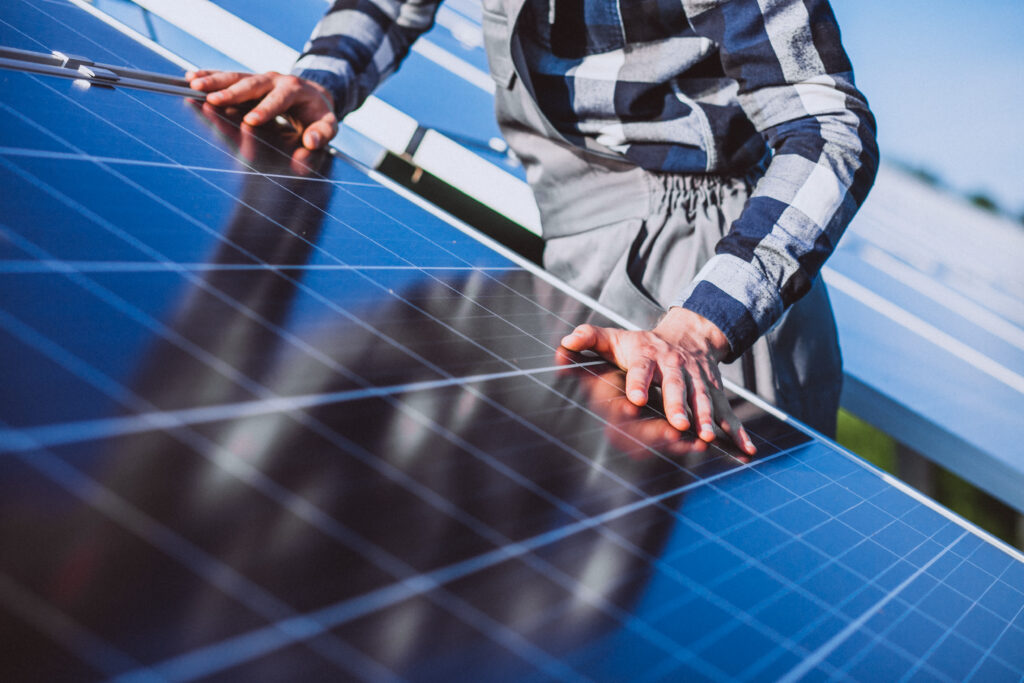
If you are looking for an efficient solar panel that can meet the power needs of your household appliances, you must have come across 300-watt solar panels. But figuring out if they are right for your needs can be tricky because of the many factors you need to consider.
This is why we have compiled a list of requirements the 300-watt solar panels you are planning to buy must meet before they can be considered suitable for your home. You can decide whether to buy it or not and how to choose the best one.
300 Watt Solar Panel Rating
First of all, you need to consider the power/rating of a 300-watt solar panel. It is important to note that you can select standard 300-watt solar panels as they are commonly used for various household applications.
The common uses for a 300-watt solar panel?
In today’s rapidly changing market, the highest available wattage for a solar panel is around 400 watts, which means that a 300-watt solar panel is still at the upper end of the solar panel sizes available. They are generally affordable and manageable in physical size as well. These factors make 300-watt solar panels a popular choice for grid-connected solar panel systems for residential buildings and mobile solar systems on vans, trucks or boats.
The size of the solar panel.
300-watt solar panels are considered typical roof panels as they are large enough to generate enough power for full home use. They are approximately 5-5.5 feet long by 3-3.5 feet wide.
Are 300-watt solar modules right for you?
Wondering what a 300-watt solar system does? Note that despite the generally high price of 300 watts, they are great if you are a homeowner because the modules save you a lot of space on your roof and you only need a few of them to meet your electricity needs. Another advantage is that, according to the manufacturer, these panels can last for 20-25 years.
What you can do with a 300-watt solar panel
A 300-watt panel that receives 8 hours of sunlight a day produces almost 2.5 kilowatt-hours per day, if we multiply it by 365 days a year we get a solar production of around 900 kilowatt-hours per year. Approximately, we can say these panels produce 900 kilowatt-hours each year
Given all the different scenarios, there is still a long list of devices that can work effectively with 300-watt solar modules, including laptops, LED lights, stereos, and televisions.
To get an accurate calculation of what a single 300-watt solar panel can and cannot do, you need to compare the power per day or month (i.e. 2.5 kWh / day for the solar panel) with the needs of a home appliance (3.8kWh/day for a refrigerator). In this example, a 300-watt solar panel would not be enough to power this refrigerator.
300 watt solar systems are increasingly becoming more popular. We hope this blog has cleared up all of your questions and given you a solid understanding of these panels. If you are not sure of what system to get with the right number of panels, do not hesitate to contact us.
